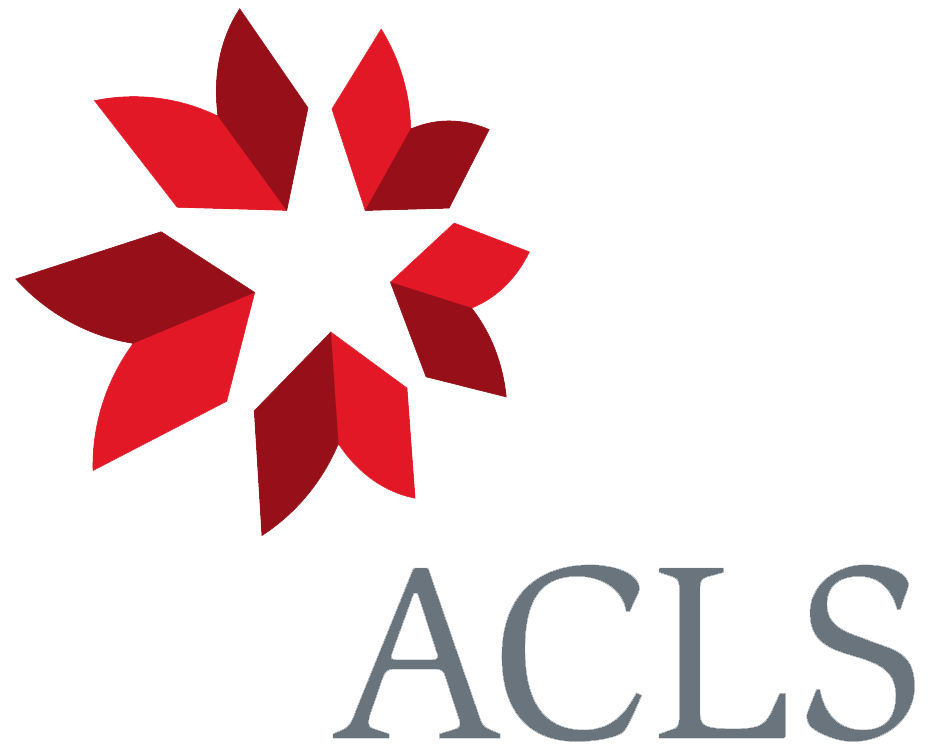From J. D. Hooker 1 January 1865
Kew
Jany 1/65
Dear Darwin
I have told Mr Stainton that I have referred his letter to me to you— kindly answer it—if you can.1
I find plenty of Cucurbitaceæ to have sticking ends to their tendrils, & expect that it is a common enough phenomenon in the Order.2 From what you say of the form of the cells in Hanburya I should have inferred something of the sort, as such cells are common on the undersurface of the leaves of various vines & you say they have sticking tendrils.3 Certainly the suppressed potentiality of so many organs of plants to play so many parts, is one of the most wonderful of your discoveries. The more I think of it, the more pregnant it is: one day it will itself play a prodigious part, in the interpretation of both morphological & physiological facts.
I have read Sabines complete address (I had seen only extracts before) & am indignant & disgusted at the mutilation & emasculation of what I wrote— Especially about Lythrum & Linum, which he has made nonsense of & the use your observations will be in interpreting, no end of phenomena not yet guessed at.4 Poor old man, he is ill still, & I am beginning to fear that my ill-natured prophecy, that the Presidentship would be the death of him, may come true.—5
Have you read Huxleys (I suppose) slashing leader in todays Reader.6 it is uncommonly able &c: but as usual with him, he goes like a desert whirlwind over the ground scorching blasting & suffocating all opposing objects, & leaving nothing but dry bones on the ground. The vegetation he withers was one of vile weeds to be sure, but vile weeds are green, & all is black after him
I have done little but dissect Cucurbitaceæ since I wrote last.7 I wish I had the energy when doing each Nat. Ord: to show how each prevalent & characteristic feature shades off at either end, or waxes & wanes in the series of Genera.8 An absolute character is very rare in an order. Cucurbi. is a very curious order—especially as to stamens.9
I will let you know if I hear of Hoffmeisters book,10 or Hildebrands paper.11 & Oliver will keep you advised of Bot. Zeit. articles.12
Tell me when you write how your health is.
My book on Geog. Distrib. is nowhere—13 I wish it were only begun.
The Reader seems to me dull & rather aimless—the articles too learned & heavy for men who work hard during the week, & want some enticement to read Science on Sunday. Huxley has taken the scientific Editorship I am told;14 but he never stuck to any thing of the kind long, & I have no hopes of it’s succeeding under him— he is far too good for such work, & has no aptitude for it—: no man can write such good articles upon Science as he can, but he is no caterer for the public, & never can be: he wants breadth of sympathy
We are all well, & the children very happy— I have no news of any kind.
Did I send you enclosed letter of Thwaites with a passage for you?15
Ever yrs affec | J. D. Hooker.
[Enclosure]
Peradenia, Ceylon 28th Oct 1864 Dear Hooker,
The last mail brought a kind & most welcome letter from you and, in case I should omit to do so, will at once answer your question about Nepenthes: it certainly climbs by means of its tendrils and I enclose you the only example I happen to have of the tendrils firmly grasping any object but this will show you what they can do.16 The plant is most common in open swampy ground but when it gets amongst bushes it takes to climbing & I have often been struck with its beauty under such circumstances. Nepenthes does not grow in this neighbourhood and I have never succeeded in keeping plants alive planted out in the Garden.17 I will get Mr. W. Ferguson18 to look at & gather a fine specimen illustrating its climbing propensities or capabilities & will send it to you another time.
I am glad to hear you have conquered Melastomads.19 It is certainly best to make several attacks at distant intervals, in order to overcome the difficulties of marshalling such a puzzling family as the Melastomads, as after periods of rest differences are better estimated as to their importance, and undue prominences get softened down in the more general view one is able to take some time after working at particular genera or groups.
It gratifies me much to learn that Müller thinks well of my arrangement of the Ceylon Euphorbs, as they cost me much labour & thought20
I have heard nothing yet of the box of seeds you mention as sending through Mssr. David Power,21 so I suppose it will come by the next mail steamer.
In travelling here the other day I was particularly struck with the resemblance in colour the natives exhibit to different varieties of soil here. It was curious to observe, sometimes, how precisely of one colour were the native & the ground upon which he was sitting or lying. I wonder whether this colour served at one time as a protection from his enemies whether wild beasts or men—& that so it originated— ask Darwin what he thinks of this view of the matter, when you write to him.
I am glad to see that Colenso [showed] himself at the meeting of the Association at Bath and was so well received.—22 I have been greatly delighted with the perusal of his work.23 A true & safe reformer he appears to me to be. It is curious how long the world has been taking things on trust in matters of such immense importance & it is well that the change of opinion is coming on so gradually, or what a smash there would be!
Always my dear Hooker | Your affectionate friend | G. H. K. Thwaites
P.S. Will you kindly send this little note to Berkely when you next write to him: it contains a curious [Sphæria] upon a Fly—24
Footnotes
Bibliography
‘Climbing plants’: On the movements and habits of climbing plants. By Charles Darwin. [Read 2 February 1865.] Journal of the Linnean Society (Botany) 9 (1867): 1–118.
Colenso, John William. 1862–79. The Pentateuch and Book of Joshua critically examined. 5 vols. London: Longman, Green, Longman, Roberts & Green.
Correspondence: The correspondence of Charles Darwin. Edited by Frederick Burkhardt et al. 29 vols to date. Cambridge: Cambridge University Press. 1985–.
Cox, George W. 1888. The life of John William Colenso, D.D., Bishop of Natal. 2 vols. London: W. Ridgway.
Curle, Richard. 1954. The Ray Society: a bibliographical history. London: Ray Society.
Desmond, Adrian. 1994–7. Huxley. 2 vols. London: Michael Joseph.
Disraeli, Benjamin. 1864. Church policy: a speech delivered … at a meeting of the Oxford Diocesan Society for the augmentation of small livings. London: Rivingtons.
DNB: Dictionary of national biography. Edited by Leslie Stephen and Sidney Lee. 63 vols. and 2 supplements (6 vols.). London: Smith, Elder & Co. 1885–1912. Dictionary of national biography 1912–90. Edited by H. W. C. Davis et al. 9 vols. London: Oxford University Press. 1927–96.
Forms of flowers: The different forms of flowers on plants of the same species. By Charles Darwin. London: John Murray. 1877.
Gärtner, Karl Friedrich von. 1849. Versuche und Beobachtungen über die Bastarderzeugung im Pflanzenreich. Mit Hinweisung auf die ähnlichen Erscheinungen im Thierreiche, ganz umgearbeitete und sehr vermehrte Ausgabe der von der Königlich holländischen Akademie der Wissenschaften. Stuttgart: E. Schweizerbart.
Guy, Jeff. 1983. The heretic. A study of the life of John William Colenso 1814–1883. Pietermaritzberg, South Africa: University of Natal Press. Johannesburg, South Africa: Ravan Press.
Hall, Marie Boas. 1984. All scientists now: the Royal Society in the nineteenth century. Cambridge: Cambridge University Press.
Hofmeister, Wilhelm Friedrich Benedict. 1867. Die Lehre von der Pflanzenzelle. Vol. 1, part 1 of Handbuch der physiologischen Botanik, edited by W. Hofmeister. In association with A. de Bary, Th. Irmisch, N. Pringsheim, and J. Sachs. Leipzig: Wilhelm Engelmann.
Hooker, Joseph Dalton. 1853. Introductory essay to the flora of New Zealand. London: Lovell Reeve.
Hooker, Joseph Dalton. 1864–7. Handbook of the New Zealand flora: a systematic description of the native plants of New Zealand and the Chatham, Kermadec’s, Lord Auckland’s, Campbell’s, and MacQuarrie’s Islands. 2 vols. London: Lovell Reeve & Co.
Hooker, Joseph Dalton. 1881. On geographical distribution. Presidential address, section E, geography. [Read 1 September 1881.] Report of the 51st Meeting of the British Association for the Advancement of Science, held at York, Transactions of the sections, pp. 727–38.
‘Illegitimate offspring of dimorphic and trimorphic plants’: On the character and hybrid-like nature of the offspring from the illegitimate unions of dimorphic and trimorphic plants. By Charles Darwin. [Read 20 February 1868.] Journal of the Linnean Society of London (Botany) 10 (1869): 393–437.
Marginalia: Charles Darwin’s marginalia. Edited by Mario A. Di Gregorio with the assistance of Nicholas W. Gill. Vol. 1. New York and London: Garland Publishing. 1990.
North, John S. 1997. The Waterloo directory of English newspapers and periodicals, 1800–1900. 10 vols. Waterloo, Ontario: North Waterloo Academic Press.
Origin: On the origin of species by means of natural selection, or the preservation of favoured races in the struggle for life. By Charles Darwin. London: John Murray. 1859.
Post Office London directory: Post-Office annual directory. … A list of the principal merchants, traders of eminence, &c. in the cities of London and Westminster, the borough of Southwark, and parts adjacent … general and special information relating to the Post Office. Post Office London directory. London: His Majesty’s Postmaster-General [and others]. 1802–1967.
Sabine, Edward. 1864. [Anniversary address, 30 November 1864.] Proceedings of the Royal Society of London 13 (1863–4): 497–517.
‘Three forms of Lythrum salicaria’: On the sexual relations of the three forms of Lythrum salicaria. By Charles Darwin. [Read 16 June 1864.] Journal of the Linnean Society (Botany) 8 (1865): 169–96. [Collected papers 2: 106–31.]
Thwaites, George Henry Kendrick. 1858–64. Enumeratio plantarum Zeylaniæ: an enumeration of Ceylon plants, with descriptions of the new and little-known genera and species, observations on their habits, uses, native names, etc. Assisted in the identification of the species and synonymy by J. D. Hooker. 5 pts. London: William Pamplin; Dulau & Co.
‘Two forms in species of Linum’: On the existence of two forms, and on their reciprocal sexual relation, in several species of the genus Linum. By Charles Darwin. [Read 5 February 1863.] Journal of the Proceedings of the Linnean Society (Botany) 7 (1864): 69–83. [Collected papers 2: 93–105.]
Variation: The variation of animals and plants under domestication. By Charles Darwin. 2 vols. London: John Murray. 1868.
Summary
Forwards H. T. Stainton letter for reply.
Finds many Cucurbita have tendrils with sticking ends.
The "potentiality of so many organs in plants to play so many parts is one of the most wonderful of your discoveries . . . one day it will itself play a prodigious part in the interpretation of both morphological and physiological facts".
Is disgusted with Sabine’s address [see 4708] because of its mutilation of what JDH wrote.
THH’s slashing leader in Reader ["Science and ""Church policy"" ", 4 (1864): 821] – as usual he destroys all in his path.
Encloses letter from G. H. K. Thwaites with a message for CD [see encl].
Letter details
- Letter no.
- DCP-LETT-4734
- From
- Joseph Dalton Hooker
- To
- Charles Robert Darwin
- Sent from
- Kew
- Source of text
- DAR 102: 1–3; Royal Botanic Gardens, Kew, Directors’ Correspondence 162: 224
- Physical description
- ALS 6pp encl 4pp
Please cite as
Darwin Correspondence Project, “Letter no. 4734,” accessed on 27 July 2024, https://www.darwinproject.ac.uk/letter/?docId=letters/DCP-LETT-4734.xml
Also published in The Correspondence of Charles Darwin, vol. 13


